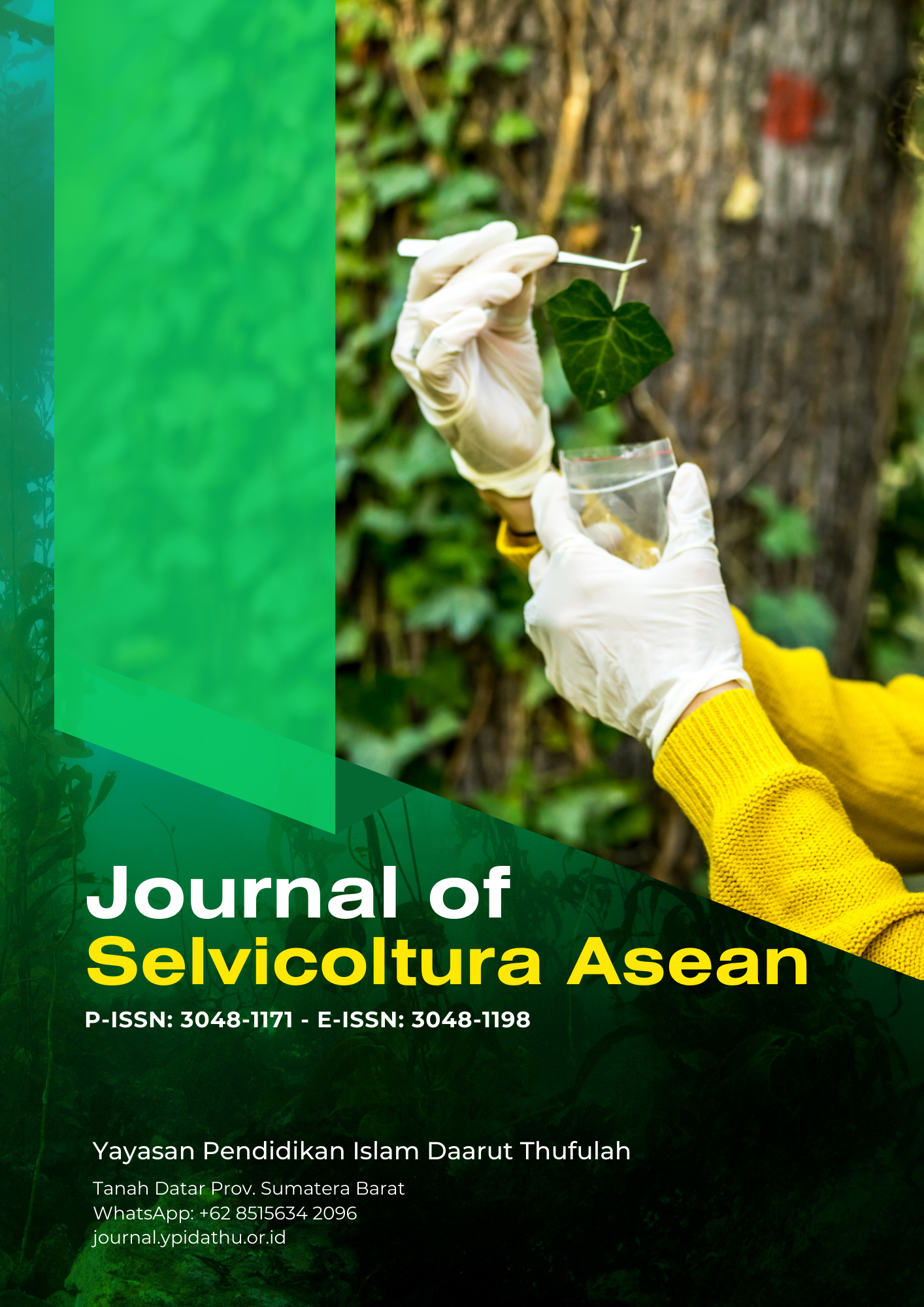Abstract
Research Background: Agriculture in Asia faces challenges in meeting increasing food needs due to population growth. Conventional farming methods are often less efficient and unsustainable. Precision agricultural technology, especially the Internet of Things (IoT), offers solutions to significantly increase farm productivity and efficiency. Research Objectives: This research aims to explore the potential application of IoT technology in precision agriculture in Asia and analyze its impact on optimizing crop yields. Research Method: This research uses a case study approach by analyzing the implementation of IoT technology in precision agriculture in several Asian countries, such as China, India, and Indonesia. Data was collected through interviews with farmers, agricultural experts, related stakeholders, and field observations. esearch Results: Research results show that the application of IoT technology in precision agriculture in Asia provides significant benefits, including (1) monitoring soil conditions, weather, and plant growth in real-time, (2) optimizing the use of fertilizer and irrigation water, (3) early detection of pests and plant diseases, and (4) increasing the efficiency of agricultural management. In addition, this research found that adopting IoT technology still needs to be improved by factors such as limited infrastructure, initial investment costs, and human resource readiness. Research Conclusion: It can be concluded that IoT technology has great potential in supporting the precision agriculture revolution in Asia. Its implementation can optimize crop yields through more efficient and sustainable agricultural management. However, systematic efforts are needed to overcome challenges in implementing IoT technology in the farming sector, such as infrastructure investment, human resource training, and supporting policies from the government.
Full text article
References
Raihan, A. (2023). The dynamic nexus between economic growth, renewable energy use, urbanization, industrialization, tourism, agricultural productivity, forest area, and carbon dioxide emissions in the Philippines. Energy Nexus, 9, 100180. https://doi.org/10.1016/j.nexus.2023.100180
Authors
Copyright (c) 2024 Xie Guilin, Deng Jiao, Yuanyuan Wang, Guijiao Zou, Lie Jie

This work is licensed under a Creative Commons Attribution-ShareAlike 4.0 International License.

